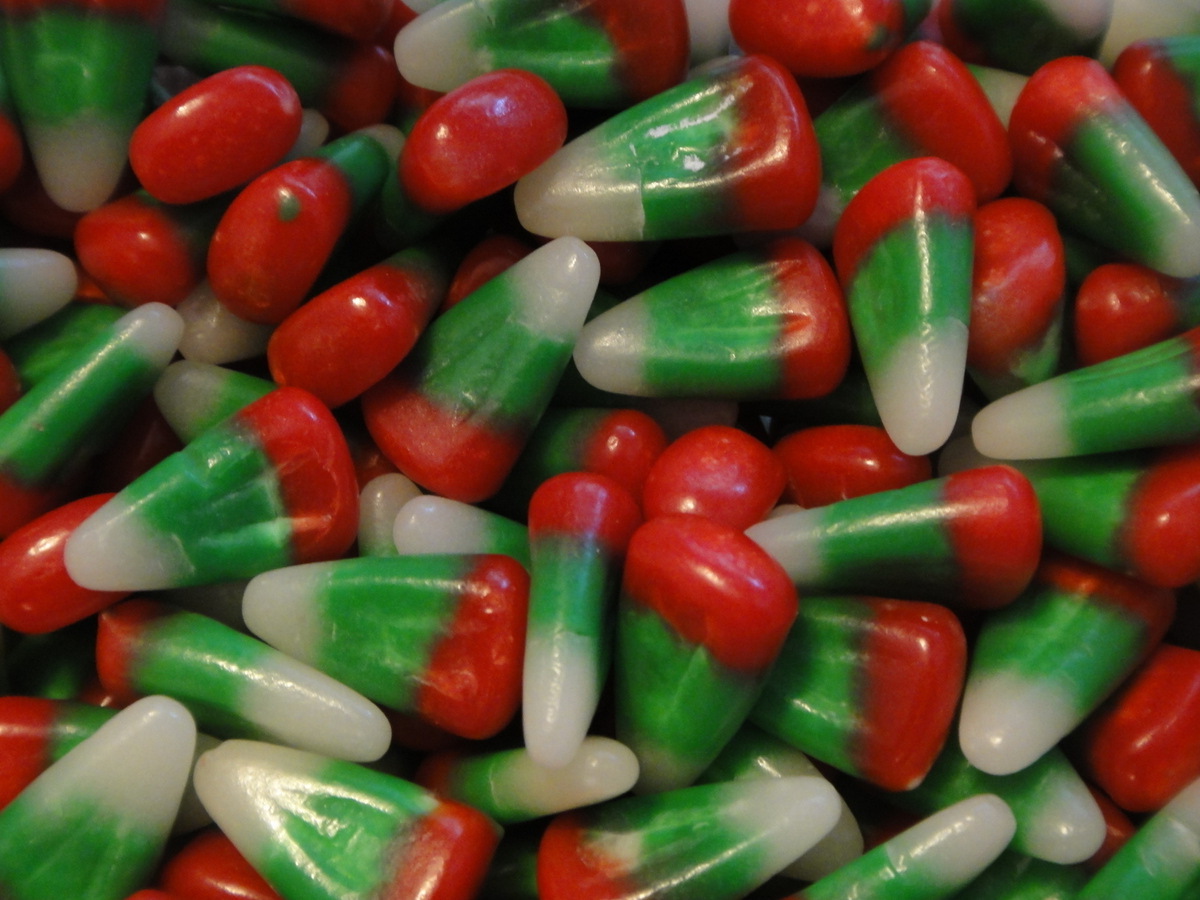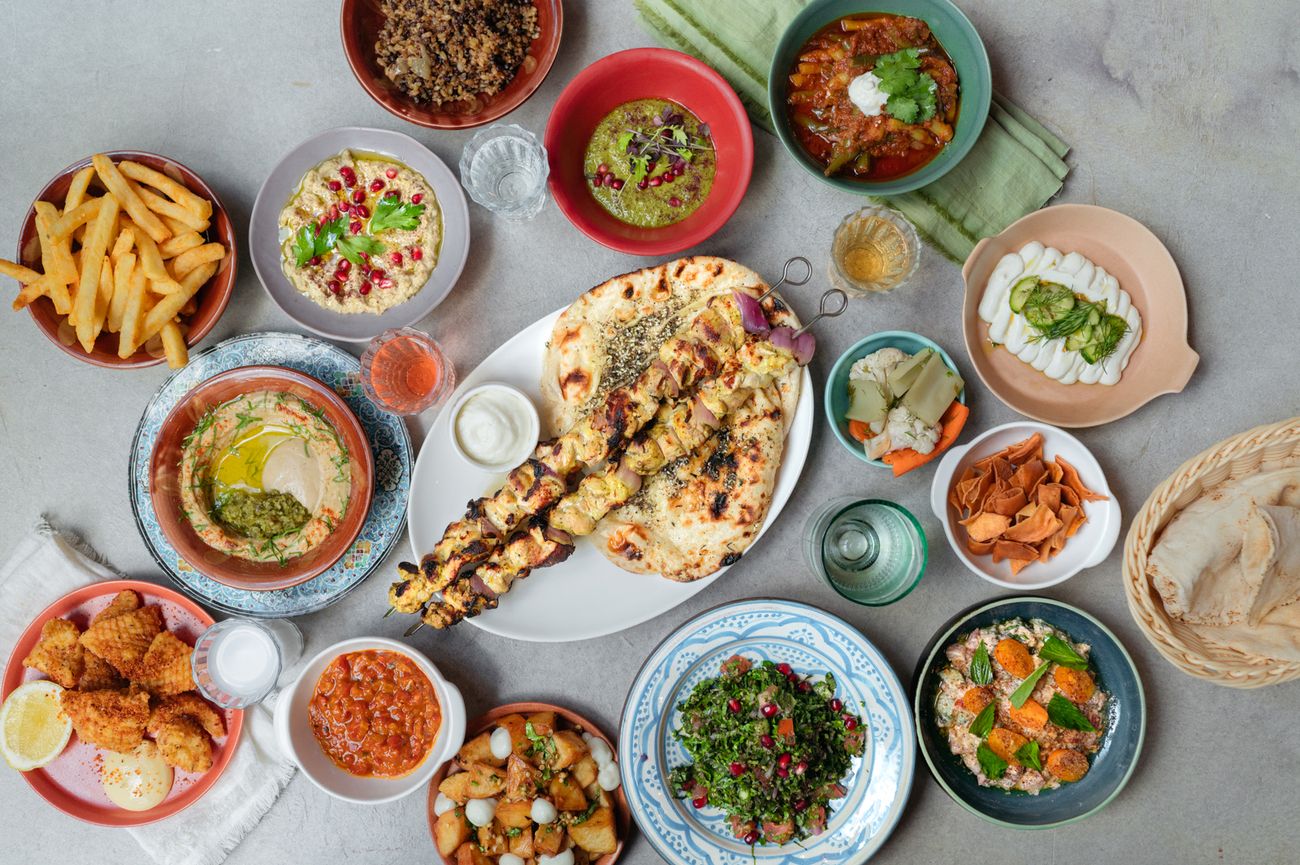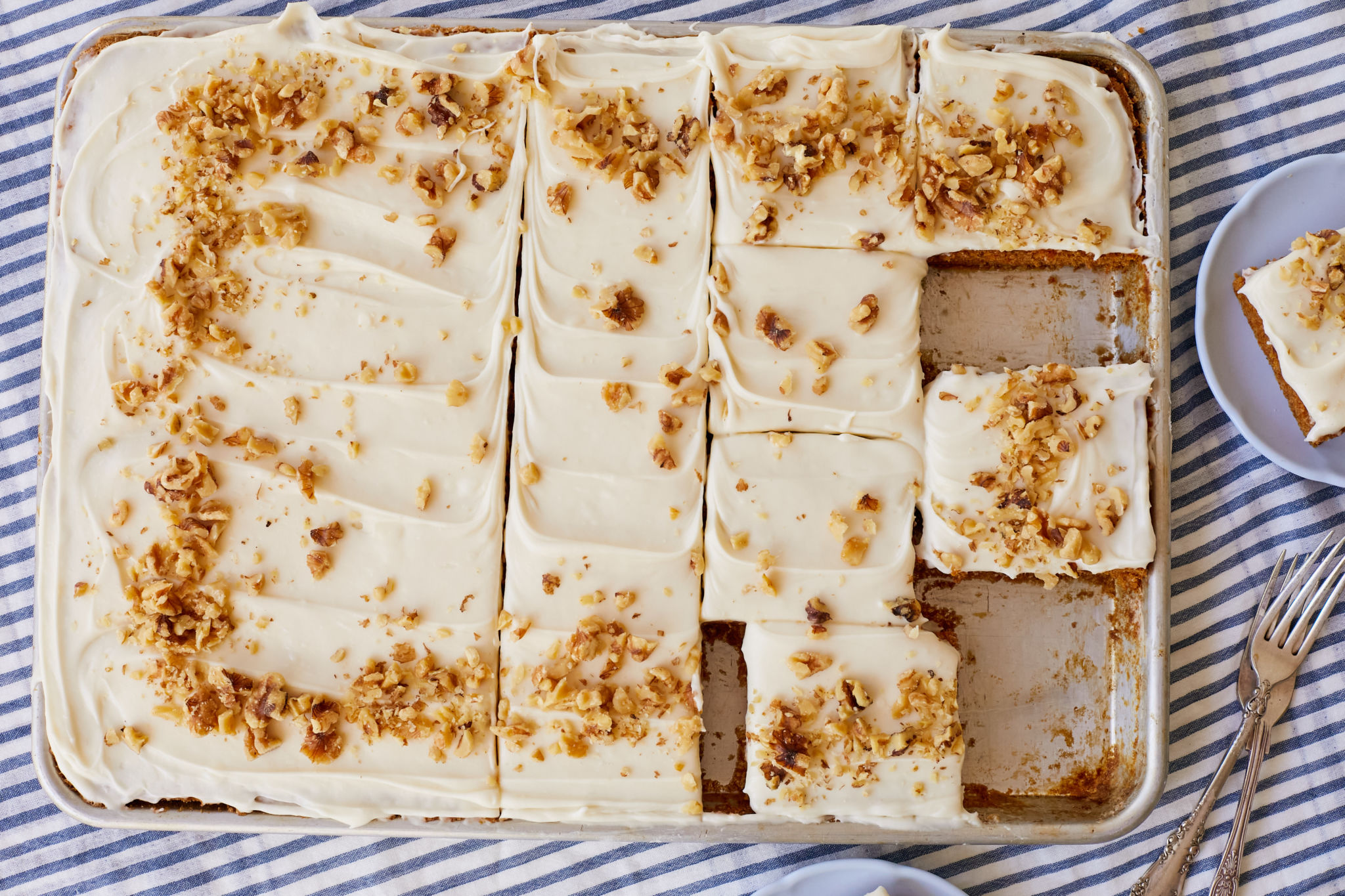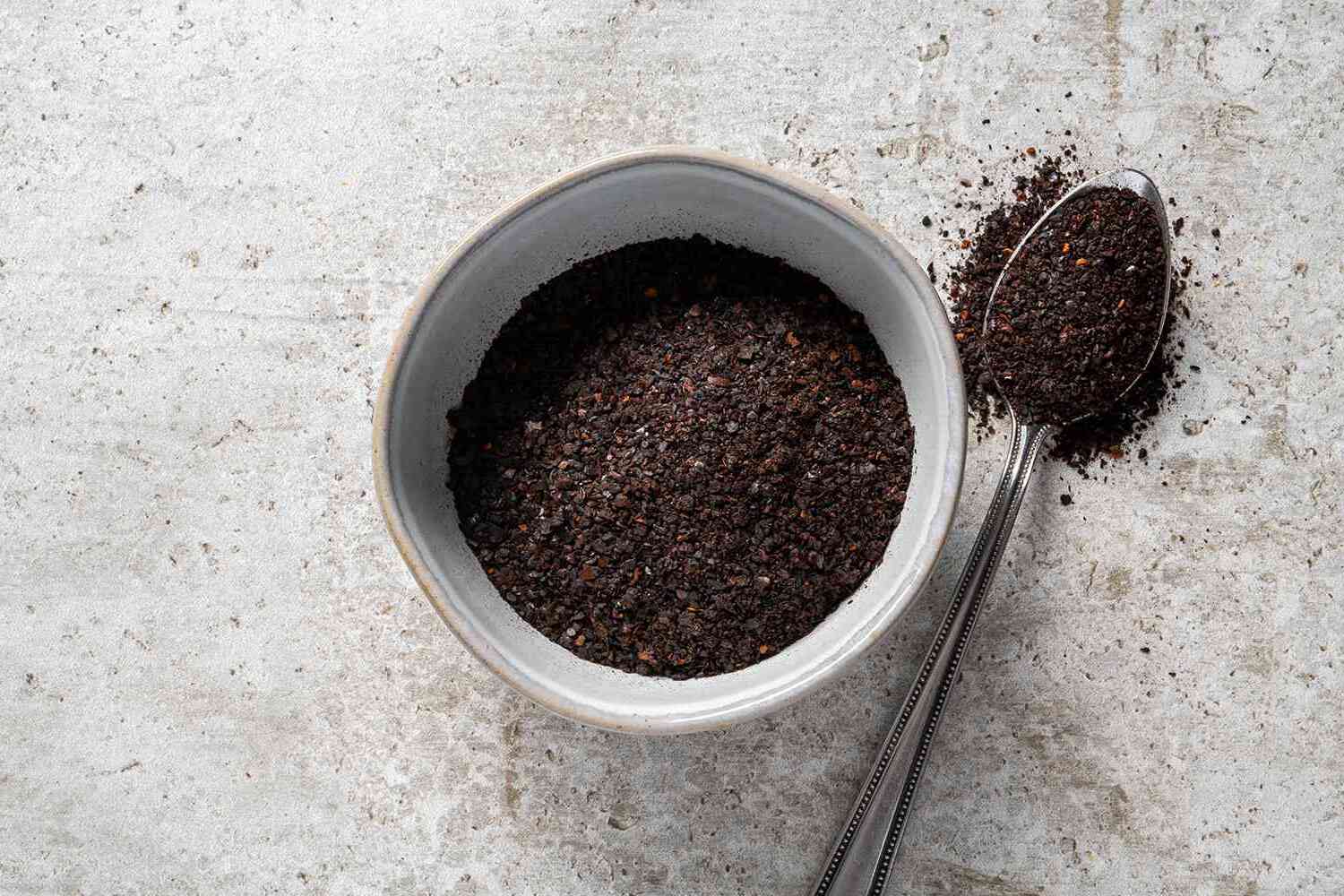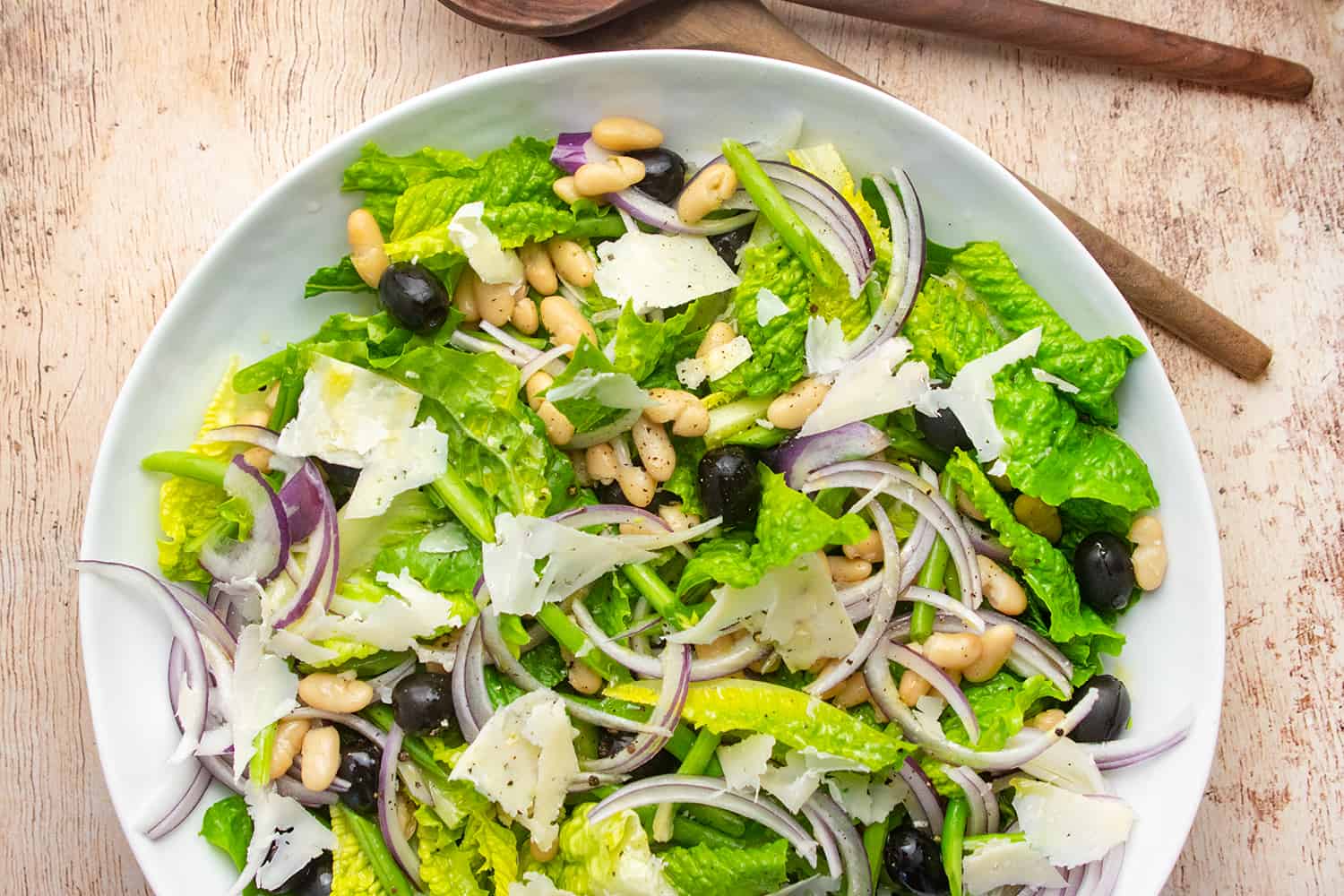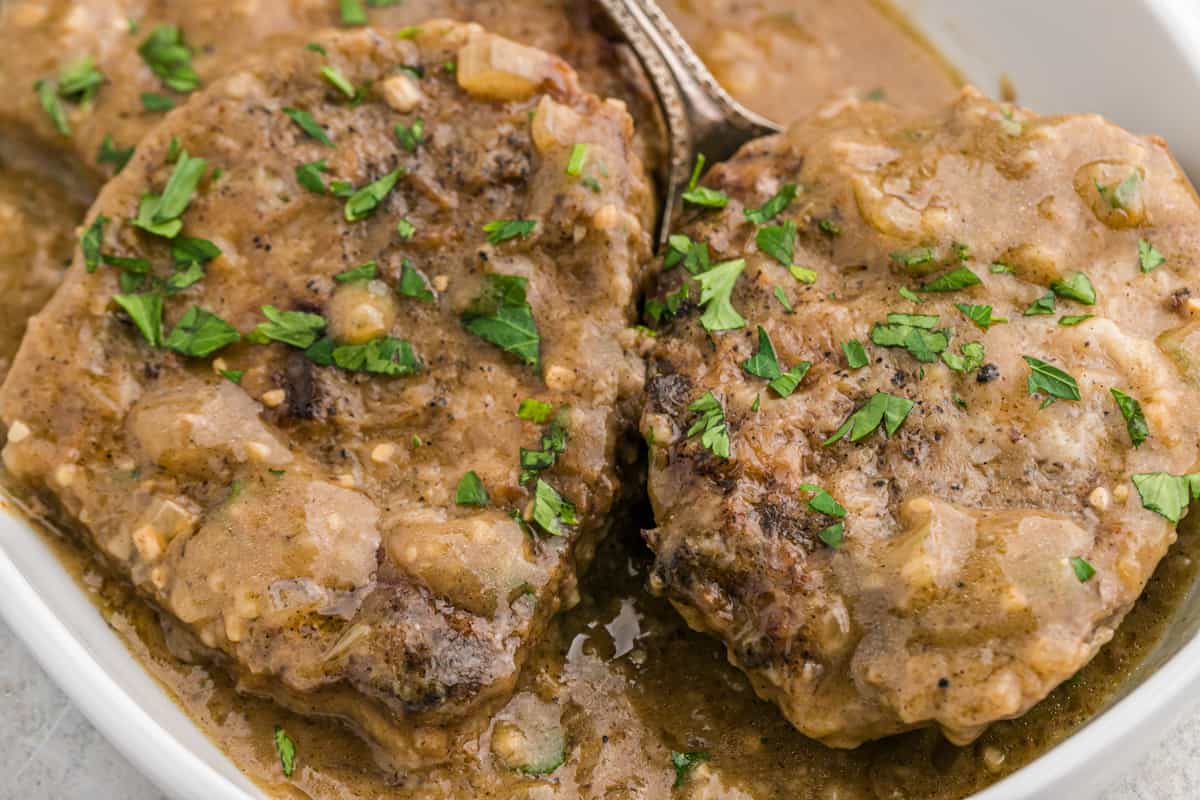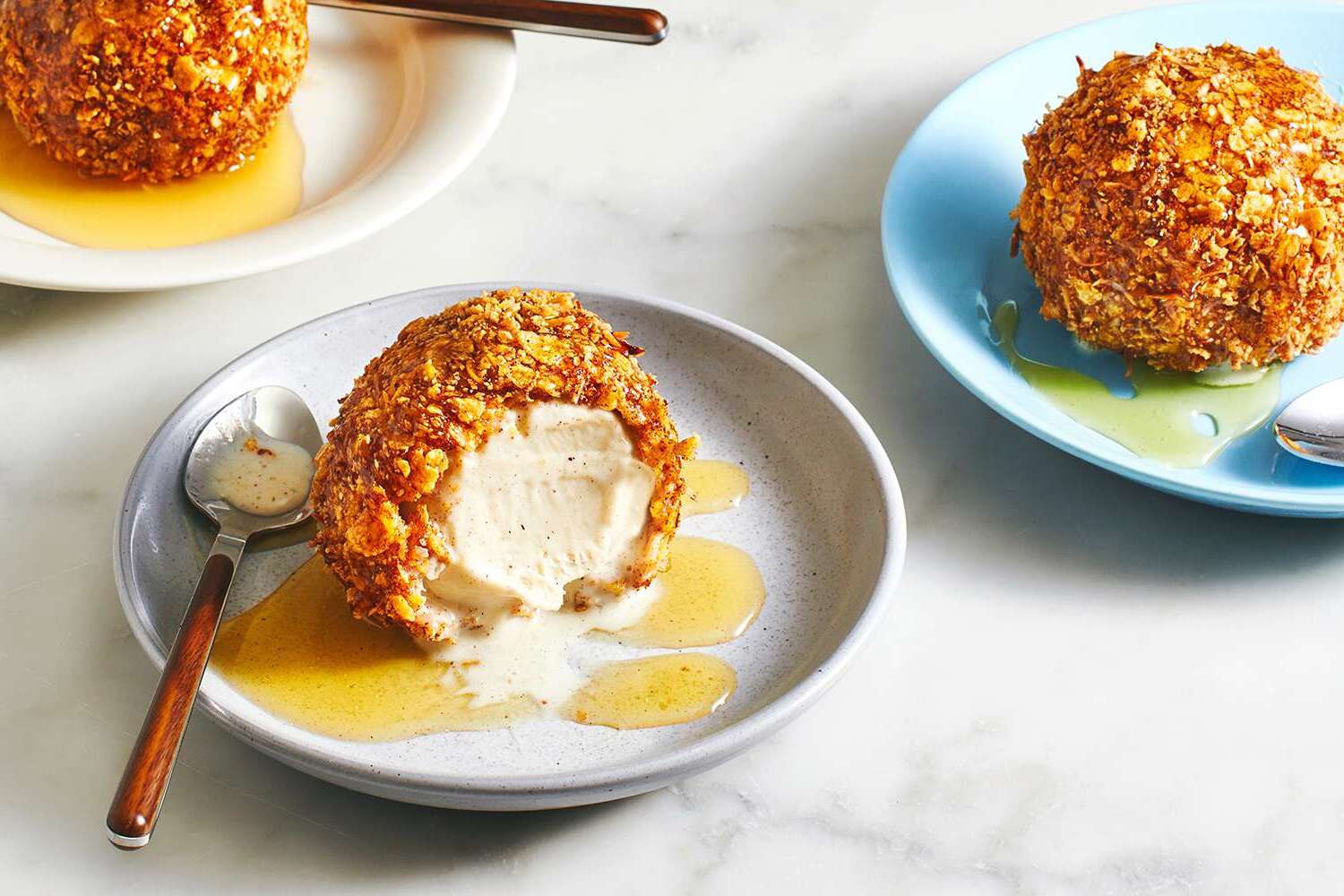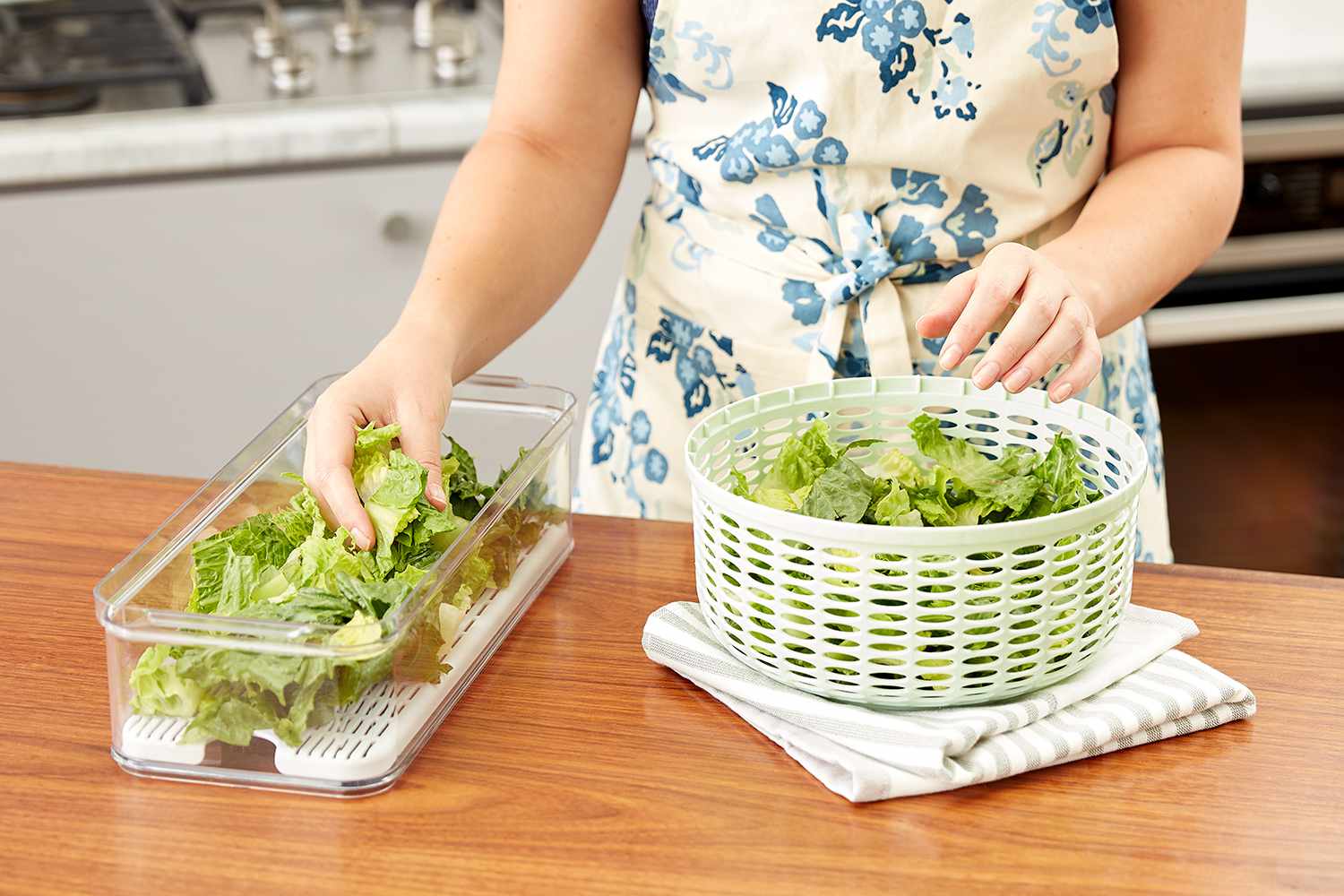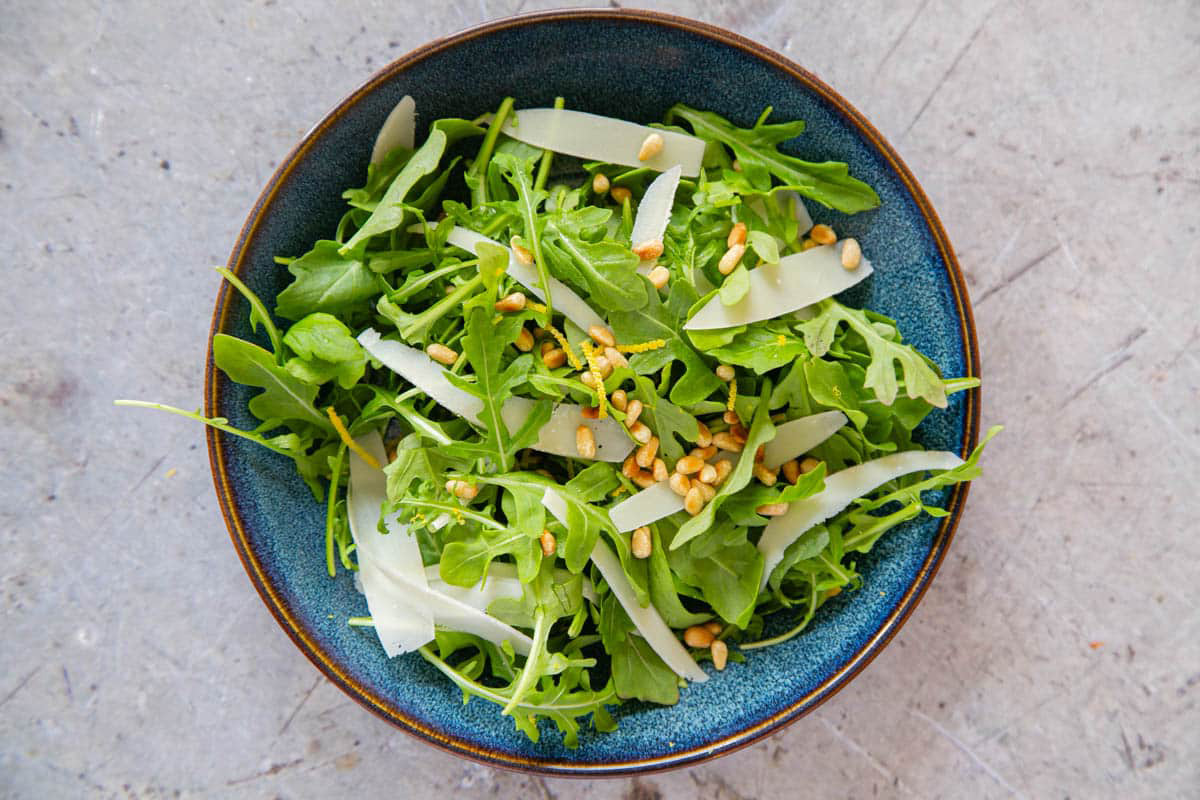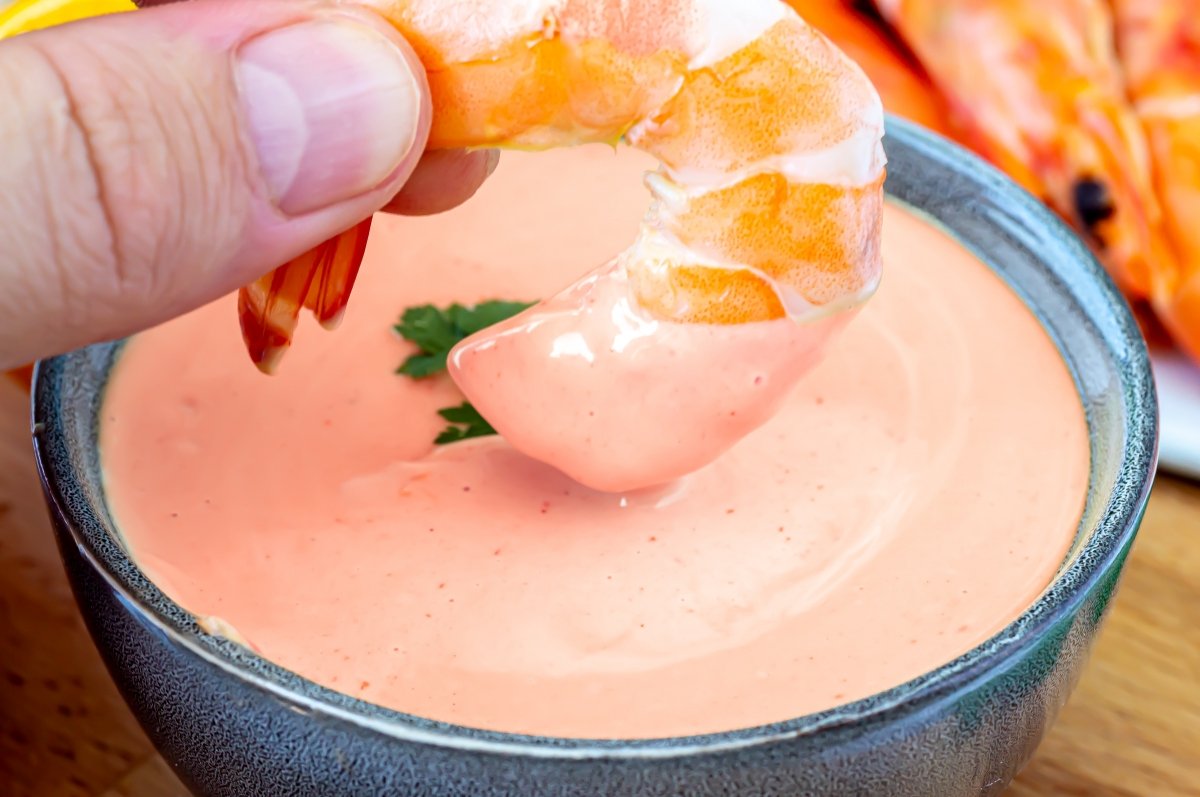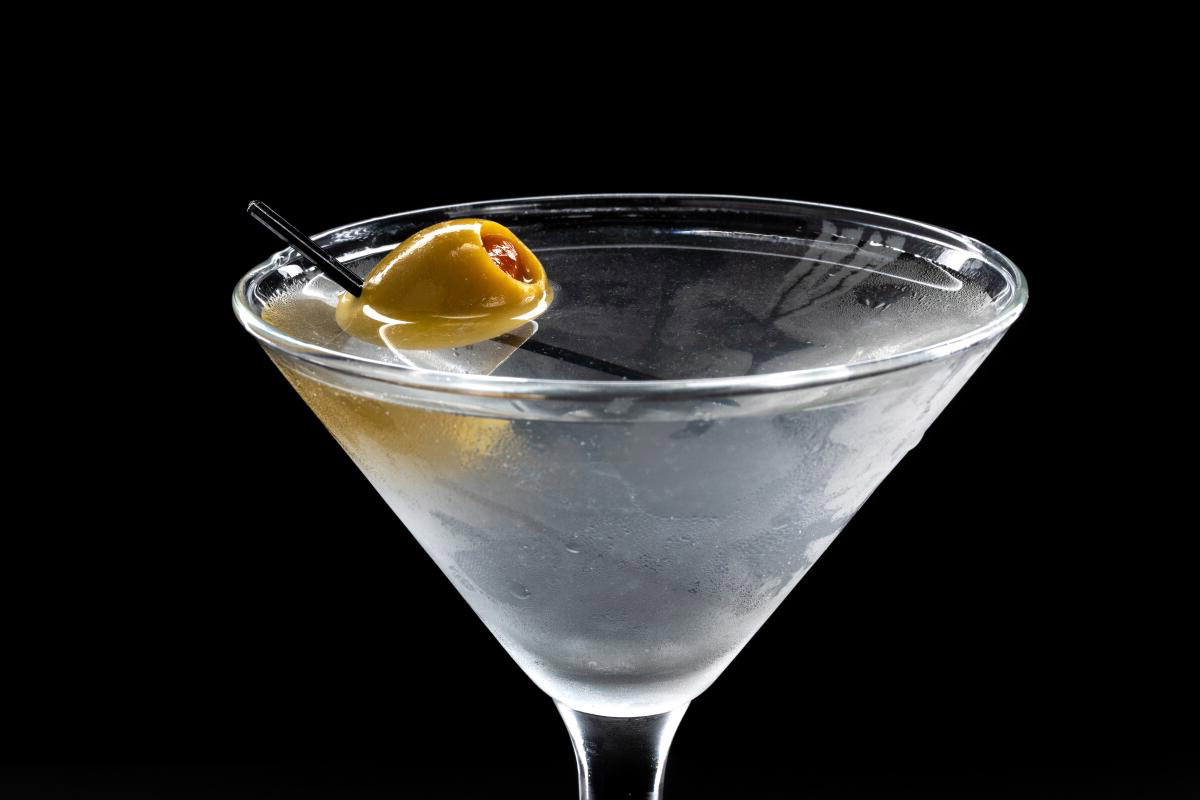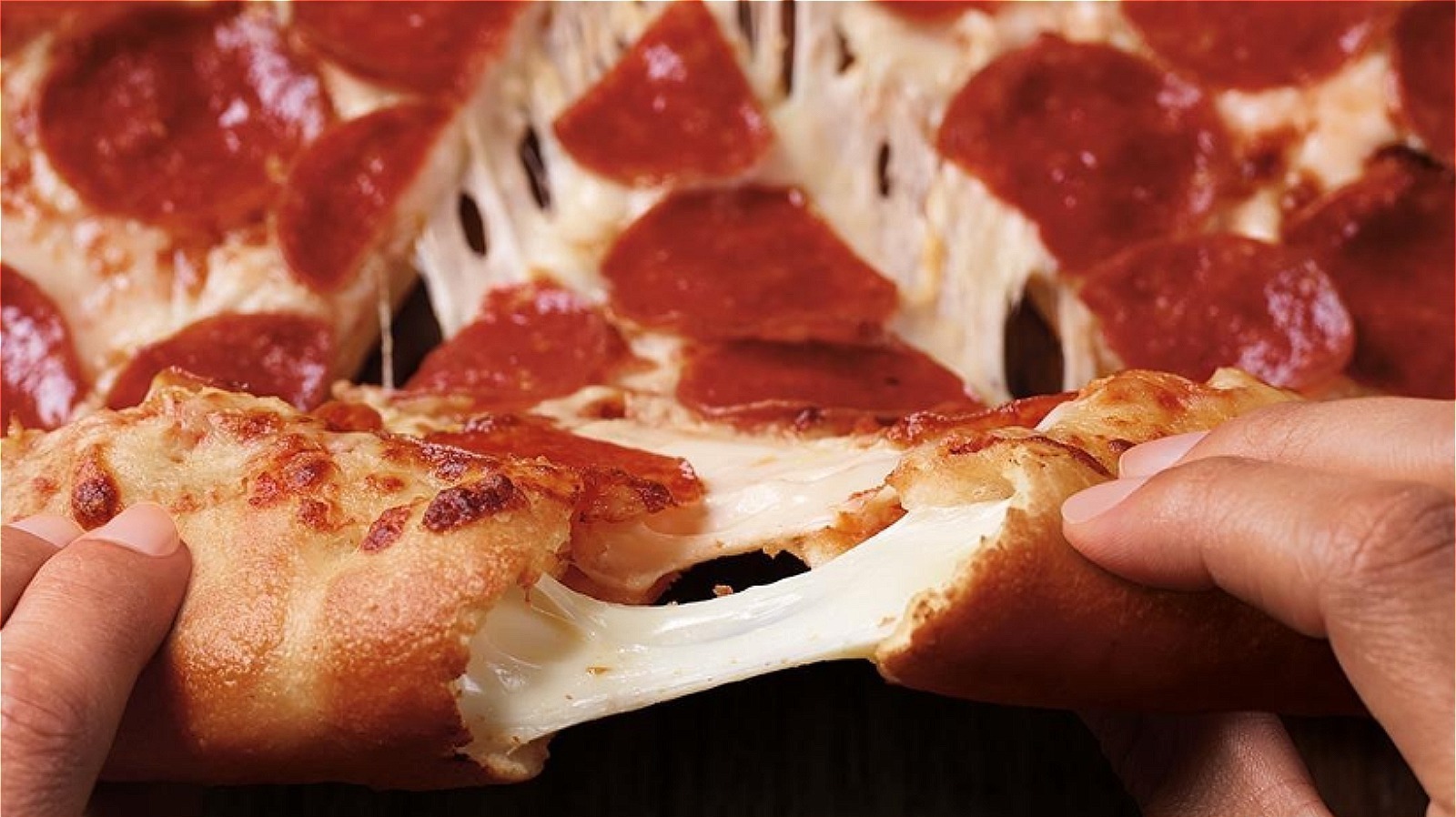Understanding the Difference Between Icing and Frosting
When it comes to decorating cakes and pastries, two terms that are often used interchangeably are “icing” and “frosting.” While they both serve the same purpose of adding sweetness and decoration to baked goods, there are some key differences between the two.
Icing
Icing is a thin and glossy coating that hardens when it dries. It is typically made with confectioners’ sugar (also known as powdered sugar), water, and flavorings. Icing is commonly used for glazing pastries, cookies, and donuts. It can also be used for intricate piping designs on cakes and cupcakes.
There are different types of icing, including:
- Glaze: A simple mixture of confectioners’ sugar and liquid, such as water or citrus juice, that is poured over baked goods to create a thin, shiny coating.
- Royal Icing: Made from confectioners’ sugar and egg whites or meringue powder, royal icing dries to a hard, smooth finish, making it ideal for intricate cake decorations and gingerbread houses.
Frosting
Frosting, on the other hand, is a thicker and creamier mixture that is spread or piped onto baked goods. It is made with ingredients such as butter, confectioners’ sugar, and flavorings like vanilla or cocoa. Frosting is often used to cover and fill cakes, cupcakes, and other confections, and it can be easily tinted with food coloring for decorative purposes.
There are different types of frosting, including:
- Buttercream: A classic frosting made with butter, confectioners’ sugar, and flavorings. It is smooth, creamy, and versatile, making it a popular choice for cake decorating.
- Cream Cheese Frosting: This tangy and creamy frosting is made with cream cheese, butter, confectioners’ sugar, and vanilla. It pairs perfectly with red velvet and carrot cakes.
Key Differences
So, what sets icing and frosting apart? The main differences lie in their consistency and uses:
- Consistency: Icing is thin and hardens when dried, while frosting is thick and creamy, making it ideal for spreading and piping.
- Uses: Icing is often used for glazing and intricate designs, while frosting is commonly used for covering and filling cakes and cupcakes.
Conclusion
While the terms “icing” and “frosting” are often used interchangeably, it’s important to understand their differences, especially when it comes to baking and decorating. Whether you’re looking to add a glossy finish to your pastries or create a creamy topping for your cakes, knowing the distinction between icing and frosting will help you achieve the perfect look and taste for your baked creations.
Next time you’re in the kitchen, experimenting with different recipes, keep in mind the unique qualities of icing and frosting, and let your creativity shine!
Was this page helpful?
Read Next: What Is Hard Tack Candy
anisurrups
Anisur Rahman is political science analyzer
